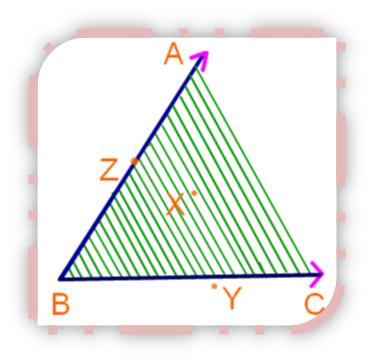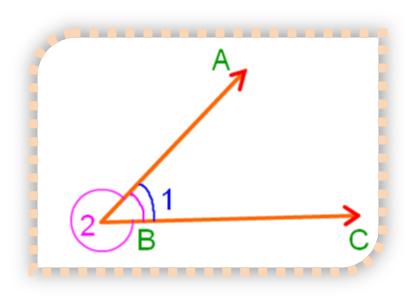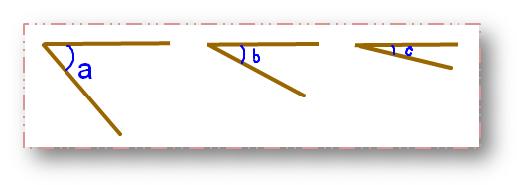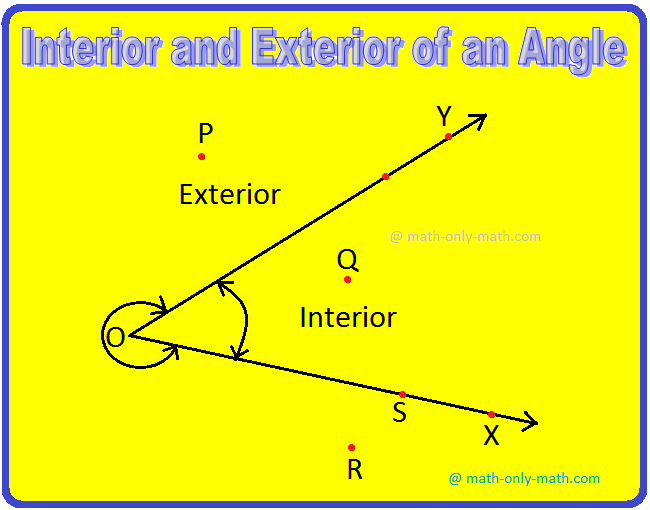Subscribe to our ▶️ YouTube channel 🔴 for the latest videos, updates, and tips.
Interior and Exterior of an Angle
Interior and exterior of an angle is explained here.
The shaded portion between the arms BA and BC of the angle ABC can be extended indefinitely.
This portion is called the interior of the angle. X is a point in the interior of the angle. The point Y lies in the exterior of the angle.
The point Z lies on the angle.
In the above figure, here ∠1 is called the interior angle because it lies inside the two arms. ∠2 is called the exterior angle. Whenever two rays meet, two angle are formed – one an interior angle and other an exterior angle. The size of an angle is measured by the amount of turn or rotation of two arms and not by how long the arms appear to be.
Here ∠a is greater than ∠b, ∠b is greater than ∠c.
Let ∠XOY be an angle in the plane. The rays OX and OY divide all the points of the plane in three regions (as shown in the below figure).
Now, we have the following:
(i) The region shown by the shaded part is the interior of ∠XOΥ.
(ii) The region of all the points, which do not lie in the interiors well as on its arms, is called the exterior of ∠XOY.
(iii) The region of all those points which lie on the arms OX and OY is called the common boundary of the two regions.
In the above figure, points P and R are in the exterior of ∠XOY, Q is in the interior of ∠XOY and O, B, S, X, Y lie on the boundary of ∠XOY.
Notes:
1. The arms of an angle separate its interior and exterior.
2. The interior of an angle together with its boundary is called the angular region of the angle
● Angle.
Interior and Exterior of an Angle.
Measuring an Angle by a Protractor.
Construction of Angles by using Compass.
Geometry Practice Test on angles.
5th Grade Math Problems
From Interior and Exterior of an Angle to HOME PAGE
Didn't find what you were looking for? Or want to know more information about Math Only Math. Use this Google Search to find what you need.






New! Comments
Have your say about what you just read! Leave me a comment in the box below. Ask a Question or Answer a Question.